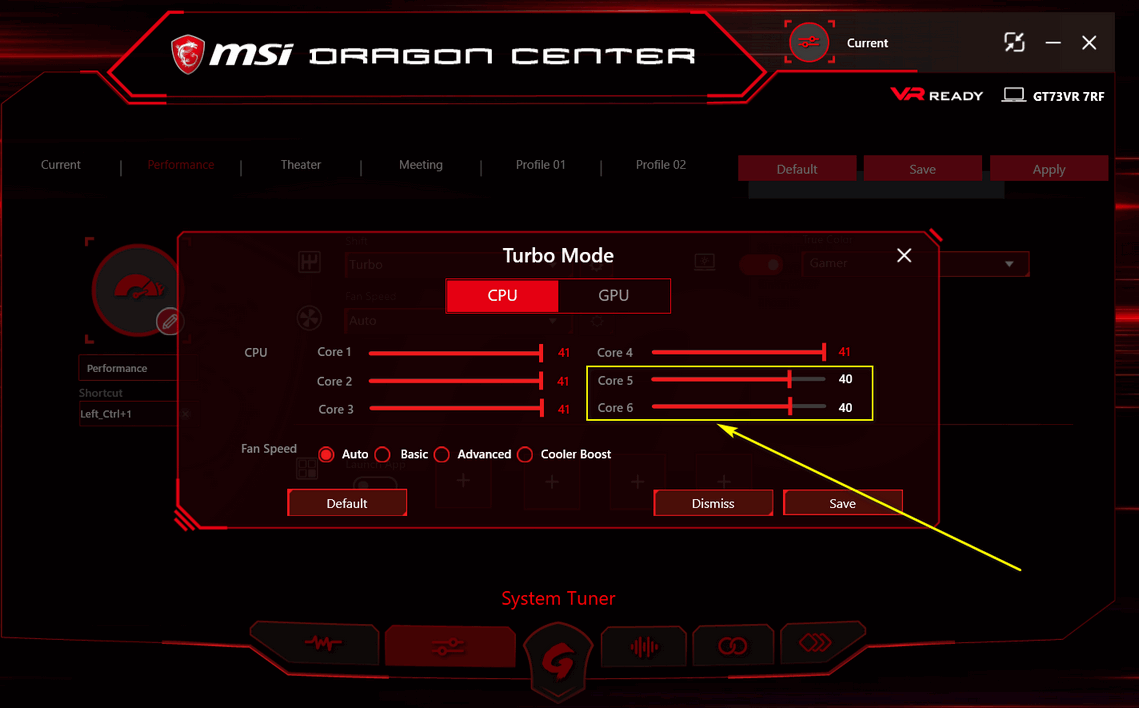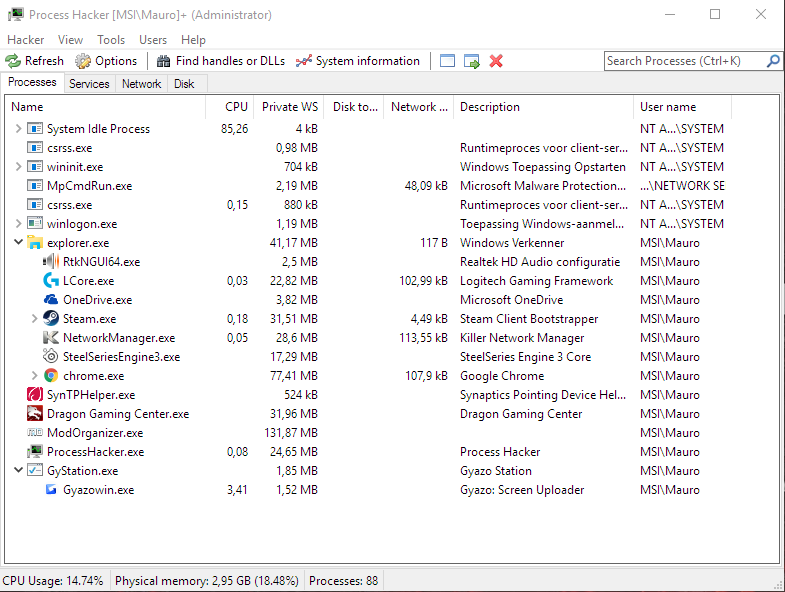

This laptop has a button to the right of the keyboard (the bottom one) that lets you set both fans to the max if you wish. I don't know if this laptop temperature-throttles since I never pushed it that high it was easy to stay ~75C or less. If the temperature is below 80C, you're fine for now, otherwise you'll need to increase fan speeds. Now fire up a benchmark (I used Superposition 4k optimized mostly) and let it run. Open HWinfo and go to the GPU section to monitor clocks and temperatures.

When you like the look of it, hit the checkmark on the main panel, then save it as one of the profiles. This will keep the GPU from exceeding that voltage. What you are trying to do is get the curve to be flat to the right of that point. Be prepared to do a fair bit of futzing around.

Sometimes that works, and sometimes it partially works. Then click the last point on the curve and drag it down to value of the first point in the selection (say the frequency value at the. Hit shift+left mouse to select everything to the right of that point. This is a trial and error process, but for this laptop I'd suggest trying a max voltage in the. Keep that so you have a good starting point for your tweaks. This looks like a good guide for Afterburner (though I didn't use it): įollow that guide and do the scan, then save this scan as Profile #5. I started with no changes to the default laptop configuration (ie I don't know what the power settings, Dragon Center settings, or anything else were). So in order to get higher performance you need to do a combination of undervolting and overclocking. So even though the GPU is capable of running at ~2100MHz at the stock 1.063v, it never gets close because the power consumption would be over 115W. Any time it has a high load it will slam into that 115W ceiling pretty quickly, even though the temperatures are fine (~75C with the stock fan curve).

Mine is set to the highest value for a mobile 2060 (115W) but that is still very restrictive. This is set by the manufacturer and usually can't be changed. Unlike desktop systems, laptops have strict power limits that really nerf the GPU performance. I used MSI Afterburner for the GPU and Throttlestop for the CPU (big thanks to I also used HWinfo for monitoring, Unigine Heaven and Superposition benchmarks, 3DMark Timespy Benchmark (those 3 are all GPU benchmarks), and Cinebench 20 for the CPU. Now my 2060 is as fast as a stock MaxP 2070, and my i7 Intel processor is nearly as good as a Ryzen 4600H. I got ~12% boost in GPU performance and a whopping 29% in multicore CPU. I'm definitely not an expert and suggestions and corrections are welcome! I muddled my way through, but it seemed to turn out pretty well. This is my first laptop in a long time, and my first attempt at undervolting and overclocking.


 0 kommentar(er)
0 kommentar(er)
